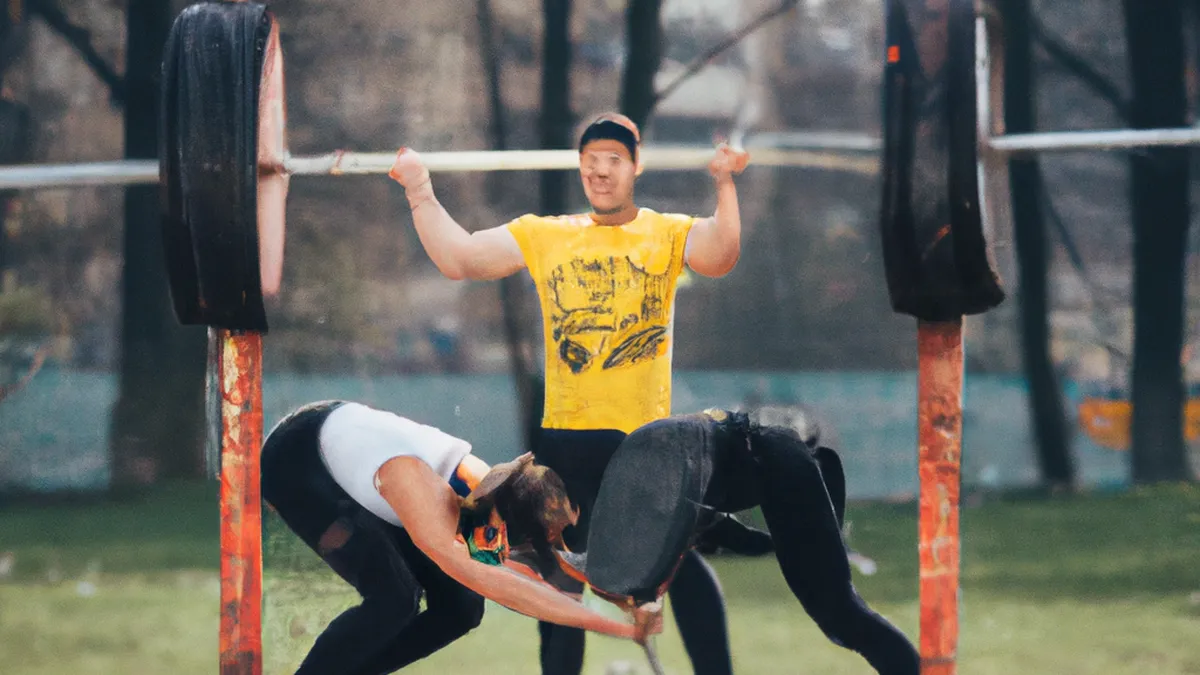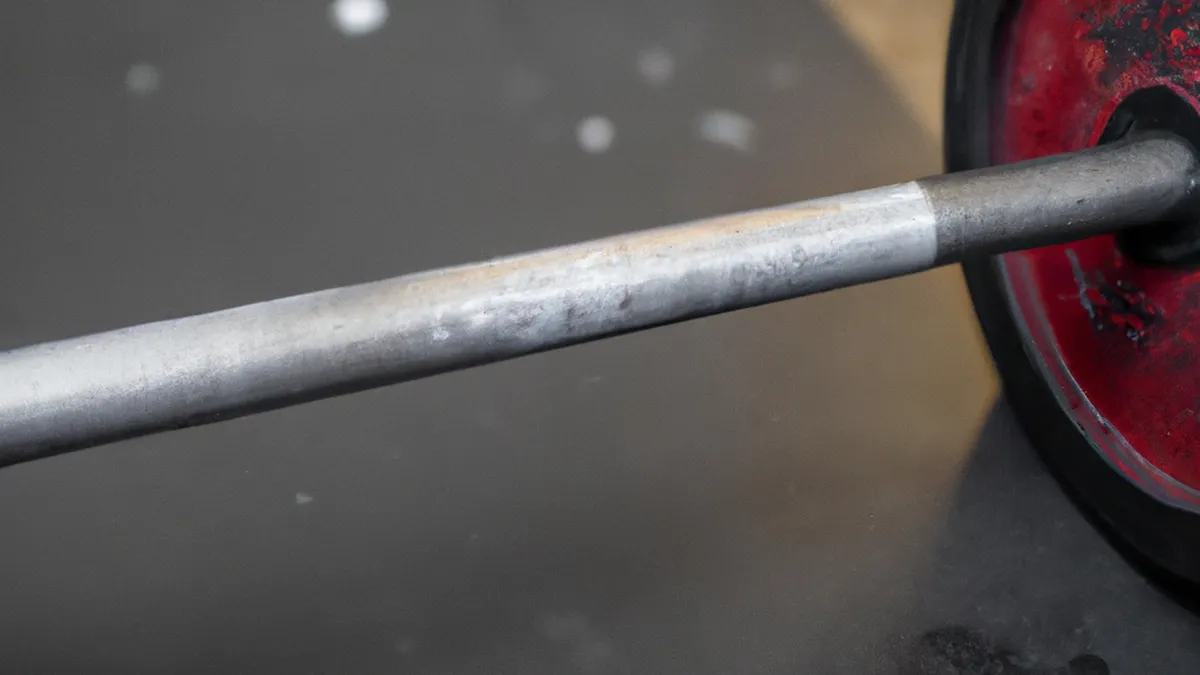Progressing Performance via Video Analysis
Implementing Video Analysis for Technique ImprovementAthletes and performers strive for excellence in today’s fast-paced world. Video analysis enhances technique and performance effectively. This method helps individuals identify strengths and weaknesses in execution. It offers insights that significantly contribute to skill development. This blog post explores effective video analysis implementation, highlighting benefits and best practices.
As an Amazon Associate I earn from qualifying purchases.
Gear tip: consider kettlebell, adjustable dumbbells, and olympic barbell to support this topic.
Understanding Video Analysis
Video analysis records performances for detailed evaluation, often frame by frame. This process provides visual feedback, impacting athletes, coaches, and performers more than verbal instructions. It helps identify minute details easily overlooked during practice or competition.Though not new, advancements in technology have made video analysis more accessible. Athletes in gymnastics, swimming, and track and field increasingly rely on this technique to refine skills and improve overall performance.
Choosing the Right Equipment
Selecting suitable recording equipment is crucial for video analysis. High-definition cameras or smartphones with good capabilities can provide clear footage. Consider these tips when recording:1. **Stability:** Use a tripod or stable surface to keep the camera steady. This stability captures accurate movements without distortion.2. **Lighting:** Record in a well-lit environment. Poor lighting obscures details, making technique analysis difficult.3. **Angles:** Record from multiple angles to capture the full range of movement. Different perspectives reveal various technique aspects not visible from a single viewpoint.4. **Slow Motion:** Use slow-motion features if available. This capability allows detailed observation of techniques, offering insight into timing, coordination, and execution.
Recording Your Performance
Focus on capturing the full range of movement when recording, including warm-ups, drills, and competitive performances. Keep these steps in mind:- **Plan Your Recordings:** Have a clear plan of what aspects to capture, such as specific skills or routines.- **Consistency:** Aim for clarity and consistency in recordings. Replicate conditions closely in each session for comparability.- **Minimize Distractions:** Choose locations that minimize background distractions. A cluttered background detracts from performance focus.
Analyzing the Footage
After recording, analyze the footage thoroughly. Review the recordings multiple times for a comprehensive evaluation. Follow these steps for guidance:1. **Initial Review:** Watch recordings in real-time to gain an overall sense of performance. Note any immediate thoughts or observations.2. **Detailed Examination:** Review footage frame by frame. Look for patterns in your performance.
Conclusion
Video analysis offers valuable insights for technique improvement. By implementing effective practices, athletes can enhance their skills and performance significantly.
Below are related products based on this post:
FAQ
What is video analysis and how does it help athletes?
Video analysis is a method that records performances for detailed evaluation, often frame by frame. It provides visual feedback that aids athletes, coaches, and performers in identifying strengths and weaknesses in execution, ultimately contributing to skill development.
What equipment is recommended for video analysis?
High-definition cameras or smartphones with good recording capabilities are recommended for video analysis. It is essential to ensure stability, proper lighting, and multiple angles during recording to capture accurate movements and details.
How should athletes prepare for recording their performances?
Athletes should plan their recordings by determining which aspects to capture, such as specific skills or routines. Consistency in recording conditions and minimizing background distractions are also important for effective analysis.















Post Comment